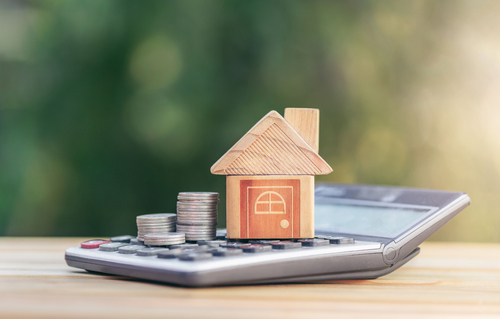Written on: January 17, 2022
 When trying to find ways to save money and conserve energy, you should think of your entire Maine home as a system. That system has three main parts:
When trying to find ways to save money and conserve energy, you should think of your entire Maine home as a system. That system has three main parts:
Each component contributes to your home’s energy efficiency and you can make a positive impact on energy usage (and your energy costs) in a number of ways.
Let’s start with the building envelope. Many homes are colder than necessary in the winter due to poor insulation levels. In the average home, about one-third of heat loss occurs through the ceilings, which should have a minimum of six inches of quality thermal insulation to keep heat inside the home, where it belongs. Otherwise, some of your heat will rise through the ceilings into the attic and then seep outside. What a waste of heating energy! Read more about insulation levels.
During the summer months, you could do little things like installing curtains or drapes to block the heat of the warm sun coming through your windows. Or raise your thermostat setting by just one degree. These changes could save you more than you might think! In the winter, take advantage of the sun’s free solar heat by leaving drapes and curtains open during the day.
As far as your own energy decisions, investing in a smart programmable thermostat is a wise move. When used correctly, it will pay for itself in just a short time. If you choose a Wi-Fi thermostat, you can control your home’s temperature from your smartphone.
In the spring and summer, the U.S. Energy Department recommends setting your central air conditioning system to 78°F when you’re at home. Program your A/C system to shut off 20-30 minutes before you leave home each day; return the temperature setting to normal comfort levels 20 to 30 minutes before you come home.
In the winter, the optimal setting is 68°F when you’re at home. Dial it down toward the 60°F range when you’re asleep or out of the house. The temperatures you ultimately choose will depend on factors like the outdoor temperature and your family’s comfort preferences. Remember, these are just guidelines. But don’t set your thermostat too low or else you risk frozen pipes.
Read more about energy savings with a programmable thermostat.
To learn about how you can make a positive impact on your home’s energy efficiency through upgrades to mechanical systems like boilers and furnaces, please consult with your heating service contractor.